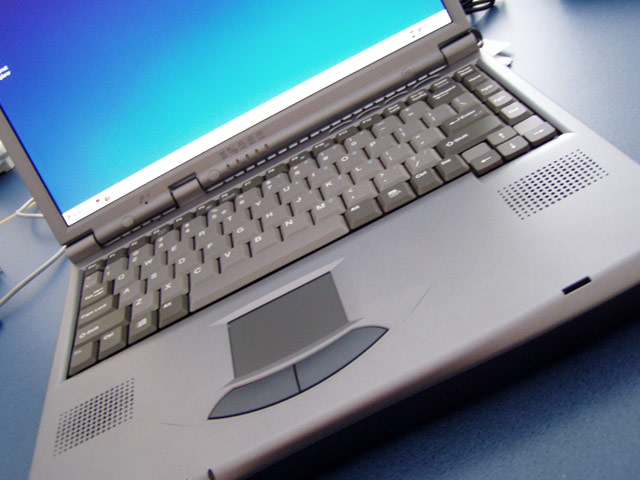Laptop-Users Rejoice: FAA to Allow Fuel Cells on Flights

The digital logjam aloft has been broken. The Federal Aviation Administration has decided to draw up rules that will encourage the development of devices that air travelers can use in flight to power mobile devices for longer trips.
The devices—battery-like fuel cells for laptops and cell phones—don't exist now, at least partly because the FAA (nervous about flammable fuel) had banned them, requiring travelers to lug bulky batteries that take forever to recharge and offer limited power compared to fuel cells.
"There was no point in making fuel cells for mobile devices if the FAA would not allow them, since most of them would end up being used in airplanes," said Rob Enderle, industry analyst and head of the Enderle Group in San Jose, Calif.
Fuel cells turn reactions between chemicals directly into electricity, like batteries, and are potentially just as small, except that they are open systems, so you can replenish the fuel. Many are fueled by flammable methanol (or wood alcohol, as in anti-freeze). Batteries rely on less finicky elements such as nickel, zinc, manganese or lithium, and store energy in a closed system.
Battery replacements by 2010?
It will still a while before consumers see fuel cells for sale for their mobile devices.
"The FAA move removes an impediment, but I don’t expect any near-term stampede toward fuel cells," Enderle told LiveScience. "In fact, I could not expect to see much in the way of new products until the end of 2010. But by the end of the next decade I expect that we will be using fuel cells for many of the things that we use batteries for today."
Sign up for the Live Science daily newsletter now
Get the world’s most fascinating discoveries delivered straight to your inbox.
Meanwhile, FAA regulations have not been the only impediment to the proliferation of mobile fuel cells, said Sara Bradford, research director at Frost & Sullivan, a national consulting firm. There is no standard fuel for the cells, no standard cartridge, and fuel cells remain larger than batteries, she said.
Indeed, because of their size, in the near term they will be used to recharge batteries in the field, rather than replace them, Bradford said. The first fuel cells for specific cell phones or laptops will probably wrap around the units rather than fit inside them, she said.
Fuel cell advantages
The length of time that fuel cells will be able to power mobile devices will not be one of the problems, Bradford added, as she expects that portable fuel cells now in field testing will offer three or four times the running times achievable with lithium-ion batteries.
Also, fuel cells probably will not wear out with use or deteriorate with age, as batteries do, Enderle said. A laptop battery is a candidate for replacement after two years or 200 charge-depletion cycles, but with a fuel cell you can just keep adding fuel, he said, and there's no long wait for recharging. The only emission for most fuel cells is water, which simply evaporates.
If worse comes to worst, the fuel in the cells burns at comparatively low, easily extinguishable temperatures, whereas batteries, once ignited, burn like flares, he said.
The regulation details
The new FAA rules are not yet final—they must first go through a public comment phase, ending Nov. 19. But the proposed rule allows passengers and crew members to carry fuel cells in carry-on bags, not in checked luggage. The cells can contain methanol, formic acid, butane and a family of chemicals called borohydrides.
The rule envisions cells with detachable fuel cartridges carrying no more than 200 milliliters (about 7 ounces) of liquid or butane, or 120 milliliters (about 4 ounces) for detachable non-metallic cartridges carrying butane. However, the 3-ounce limit for liquid containers currently imposed by airport security would take precedent. No more than two spare fuel cartridges would be allowed per person.
The cartridges themselves would have to be leak-proof, designed to strict standards and marked "APPROVED FOR CARRIAGE IN AIRCRAFT CABIN ONLY" by the maker.
Refilling the fuel cartridge from another container, such as with a syringe, would not be allowed. The only thing fuel-cell users could really do onboard would be to install a spare cartridge containing a new charge of fuel.
- Great Inventions: Quiz Yourself
- Poll: A Fifth of Vacationers Bring Laptop
- New Airport X-Rays Reveal Passengers' Bodies









